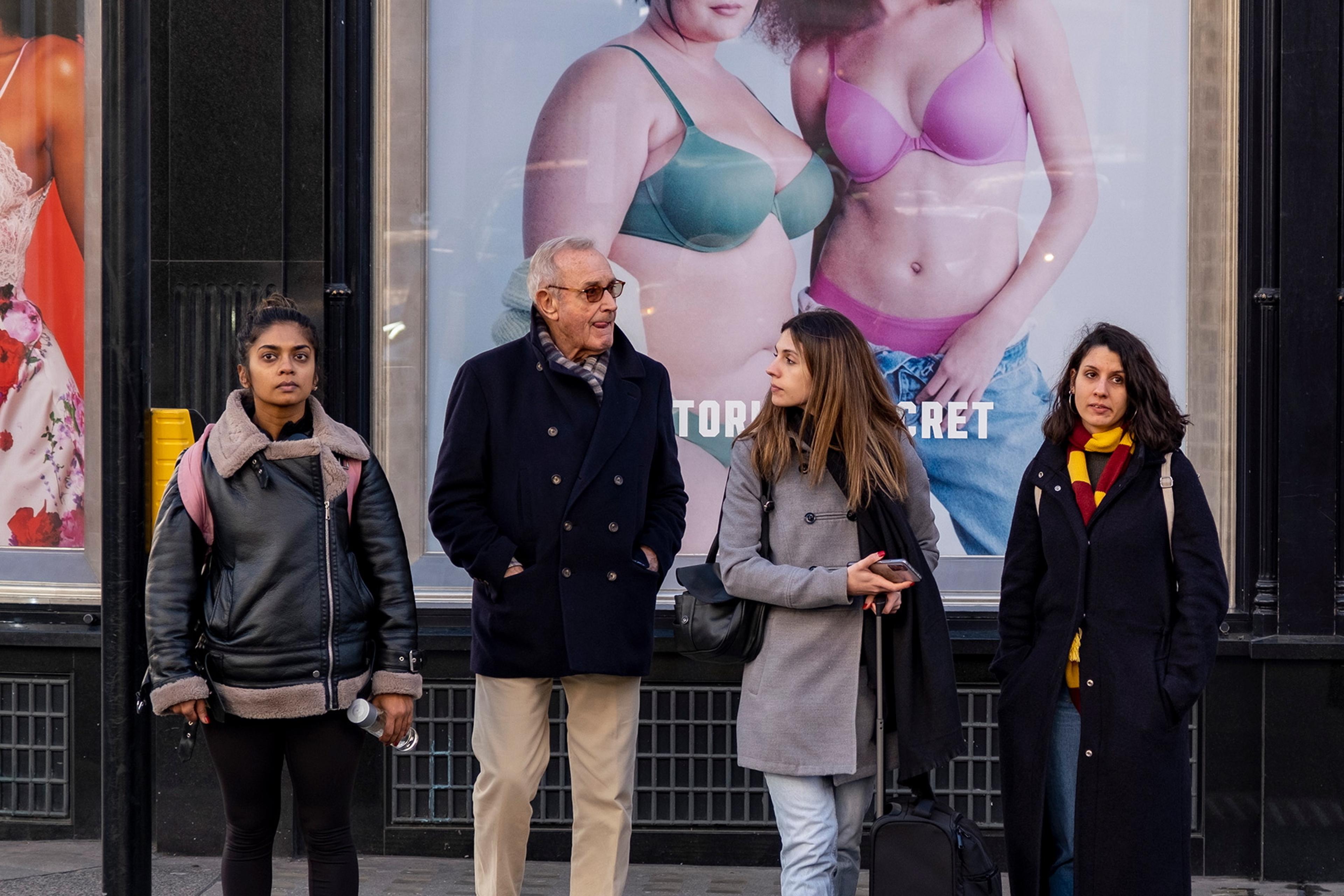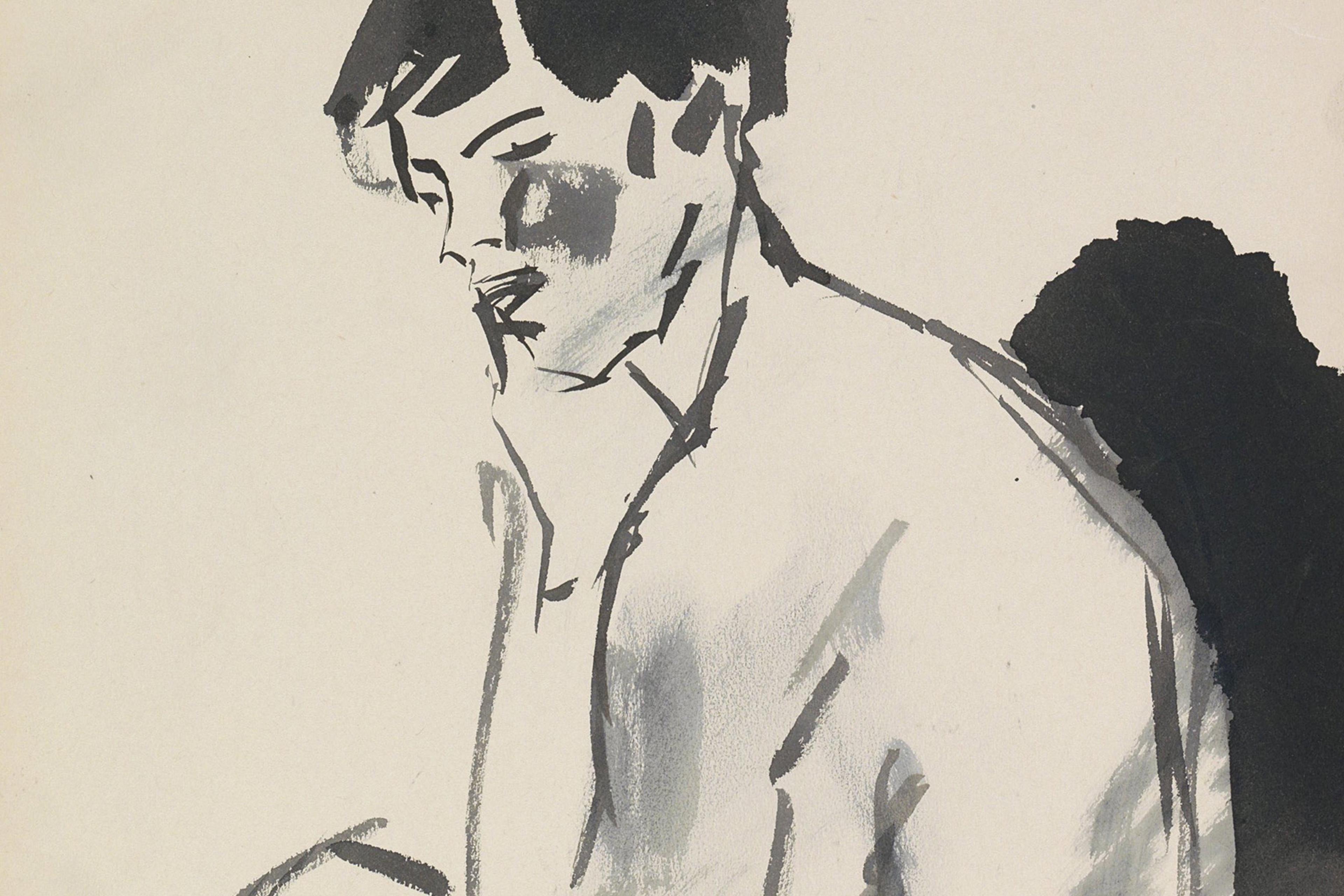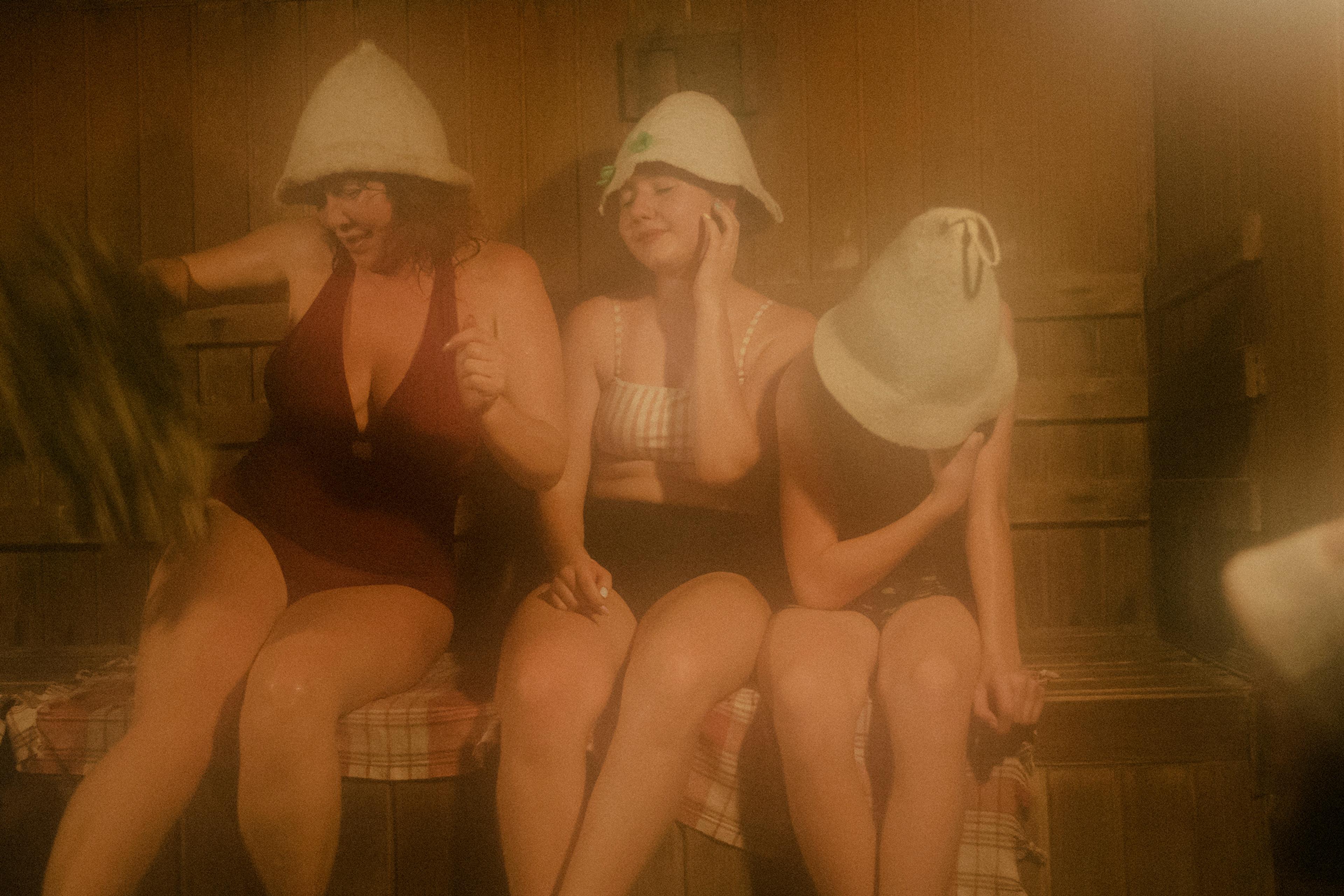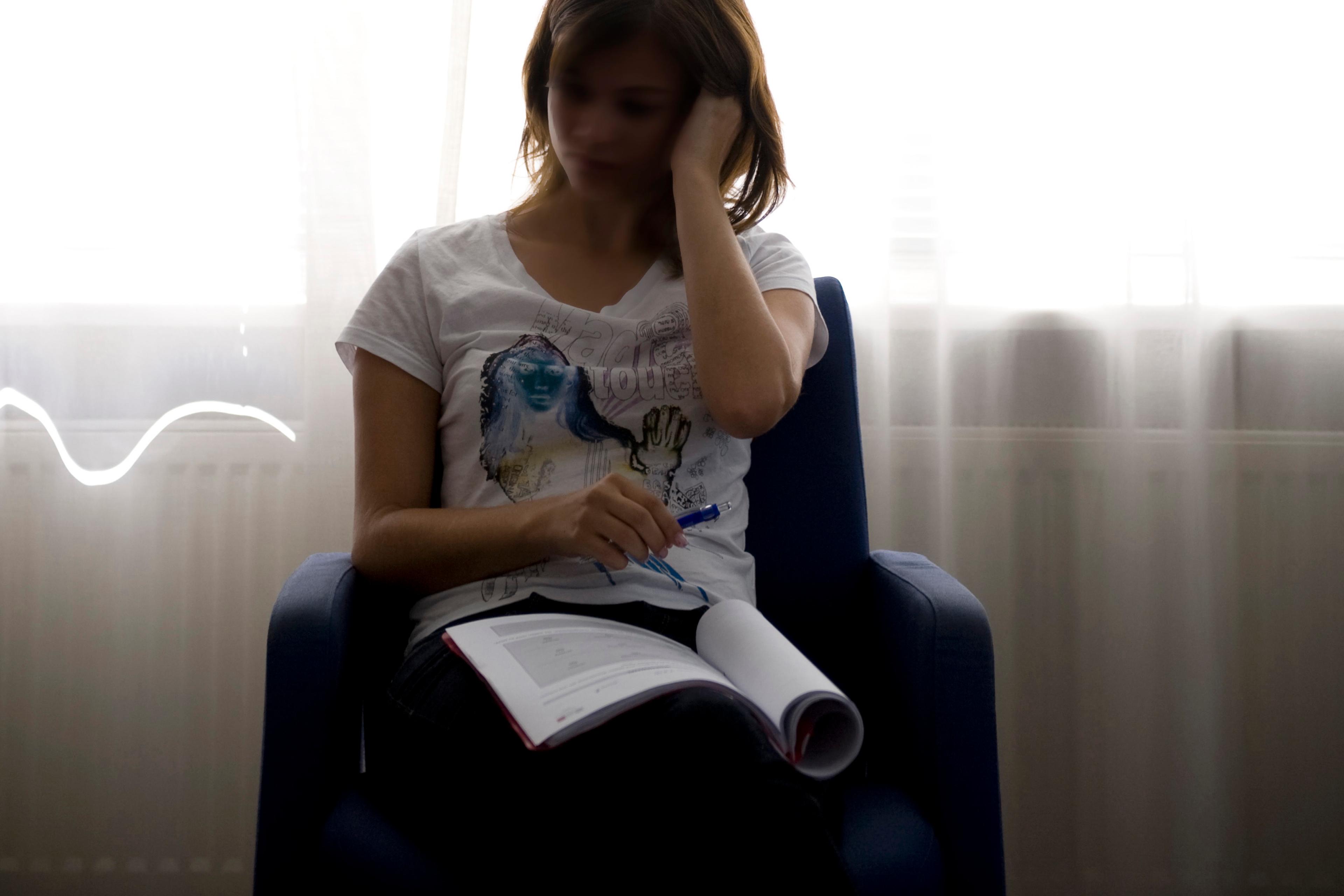Almost everyone has heard calls to make beauty bigger: ‘Beauty is in every body.’ ‘There is no wrong way to have a body.’ ‘You are more than a number on the scale.’ In the contemporary West, the slender, white, cisgender body, without any visible disabilities, has long reigned as an ideal of how beauty looks.
Enter body positivity – the movement to overcome the shame we suffer from these narrow standards. From the author Sonya Renee Taylor and the Instagram celebrity Megan Jayne Crabbe to the model Winnie Harlow and the singer-songwriter Lizzo, an increasing number of activists and celebrities urge us to unapologetically embrace our bodies. Their call has been heard: protesters have taken to the street and gone so far as to strip in front of a Victoria’s Secret shop in San Francisco, while online hashtags such as #BodyPositive, #CelebrateMySize and #MermaidThighs promote diverse representations of bodily beauty. The fashion industry has also taken note. For instance, Dove’s highly visible ‘Real Beauty’ campaign and Aerie lingerie’s #AerieREAL advertisements feature more ‘realistic’ body types than the towering and impossibly thin fashion models of the 1990s and early 2000s.
Yet some feminists have criticised the movement’s ‘all bodies are beautiful’ message. The blogger Kaila Prins explains that the focus on personal beauty risks harming women because it upholds the idea that they should prize themselves for their looks. Regardless of their body type, women will continue putting a premium on their appearance.
So we’re left in a bind. On the one hand, diverse representations of beauty can help release us from excessive body shame. On the other hand, if beauty is the only currency for valuing our bodies, we remain stuck in a paradigm that preserves sexist stereotypes. Is body positivity worth our support, or is it part of the problem?
But first, what role should bodily beauty play in our lives? Consider the perspective of the feminist philosopher Sandra Bartky. Forty years ago, she claimed that if we abandon body aesthetics, we jeopardise something – the value of personal beauty – that has shaped humanity. Adorning ourselves and enhancing the body’s appearance is integral to most, if not all, cultures. We derive pleasure from contemplating those who are beautiful and from beautifying ourselves. Not only that, but beauty work can be a source of community and a form of resistance to forms of oppression, such as racism and fat-phobia. In fact, celebrating bodies that do not fit rigid standards of beauty has often been part of fights for political recognition and freedom. Think of the ‘Black Is Beautiful’ movement that blossomed in the United States in the 1960s.
Because beauty is so important to us, I don’t believe that we should entirely shun this component of body positivity. For example, we should continue pushing fashion companies to represent a wider range of body types. Nevertheless, the body is more than a (potential) object of beauty. Here, I believe that there is much to learn from the phenomenological movement in philosophy.
Phenomenology is premised on addressing philosophical problems by describing first-person experiences. What can we learn about the phenomenology of bodily experience? Take a moment to study your body from your own perspective. It is through your senses that you were reading this article just a moment ago. Right now, you may choose to look up from it or shift your body. In addition, even if you were not paying attention to your senses, you also felt many sensations – perhaps eyestrain from reading or the pressure of the chair you are sitting on. Each of these elements is part of the lived experience of your body.
As you learned from reflecting on your bodily experience, it is thanks to your body that you perceive the world and act on it. Moreover, your body is a location of sensations of pain and pleasure.
If we want to expand the notion of body positivity, can we integrate these first-personal aspects of embodiment and move beyond an overwhelming focus on beauty?
Inspired by phenomenology, recent research in feminist philosophy shows how we might develop a more expansive conception of body positivity. In ‘Anatomy of the Thigh Gap’ (2019), I propose that we can counteract alienating standards of thinness by appreciating the body from within. Physical activities, such as running or weight training, are ways to achieve this sensual awareness of our bodies. Instead of pursuing these activities to achieve a certain appearance, we could value them for the pleasure they afford. Besides exercise, forms of meditation that take as their object physical sensations could also sustain an inner appreciation of the body. Likewise, in The Body and Shame (2015), the philosopher Luna Dolezal advocates restorative physical practices, such as yoga, to overcome limiting body shame.
Outside of philosophy, the ‘body neutrality’ movement has formulated similar alternatives to body positivity. According to some strands in this thinking, we should value our bodies for what they can do – not for what they look like. Critics have pointed out the ableism – that is, prejudice in favour of the able-bodied – in body neutrality. Some people simply have limited physical capabilities. Still, body neutrality helps move us away from beauty-centric messaging.
These proposals to enjoy the body’s sensual character or capabilities dovetail with research by psychologists. For example, Ann Saffi Biasetti, an eating disorder specialist, uses the term ‘befriending your body’ to describe a multi-pronged strategy for recovering from such disorders. Instead of simply eliminating damaging behaviours (for example, restricting or binging), we can alter our overall relationship with our bodies. In particular, she describes physical exercises and meditation as a way of healing. Through these practices, we can embody kindness towards our bodies.
In my experience, developing a rich inner appreciation of my body helped loosen the grip of the thinness ideal. In college, I exercised to lose or maintain my weight: each minute on the treadmill compensated for a 10-calorie indiscretion. Later, during graduate school, when a knee injury barred me from treadmills, I considered weightlifting since I had heard that it could increase one’s metabolism, and I couldn’t forgo exercise altogether. Yet, things did not work out as planned. I enjoyed weightlifting for the challenge it placed on my body, for the fun of trying new exercises, and for the pride I drew in my progress. I began to cultivate strength for the sensations I had during and after my workouts – and not for a muscular look. I didn’t want to replace thinness with a new obsession. I not only became physically stronger but also gained the strength to oppose the standards of slenderness that once tyrannised me.
If we take the ideas of feminists, body neutralists and psychologists seriously, body positivity means more than expanding beauty norms. Rather, it could highlight the value of bodily pleasure and physical abilities. But does this proposal go far enough? Isn’t the focus on one’s own body narcissistic? Let’s say that I have ‘befriended my body’. What about the person at whose body I cast a disapproving glance in the gym locker room? What have I done for them?
Here again, the phenomenological tradition offers some help. Maurice Merleau-Ponty, a 20th-century phenomenologist, describes the body as a medium through which we encounter other humans. We relate to others through our senses and actions. If this is the case, could body positivity also encompass positive relations to the bodies of others? Could we challenge ourselves to view others, and more specifically those whose bodies are different from our own, with greater openness? This is precisely what the contemporary phenomenologist Alia Al-Saji has claimed in the case of race. In ‘A Phenomenology of Hesitation: Interrupting Racializing Habits of Seeing’ (2014), she says that affective environments, such as family and friends, can help us embody less hateful ways of perceiving others. This is a question that I have also examined in my work on mindfulness and racialised perception. In ‘Reforming Racialized Bodily Habits’ (2018), I survey empirical research suggesting that meditation may diminish our blinkered ways of perceiving others. While neither affective environments nor meditation can guarantee that we will completely change our biases, this research indicates that we’re not bound to view others negatively.
It’s worth considering, if we take into account our inner awareness of our bodies, our physical abilities and our relatedness to others, whether we are still discussing body positivity. Have we moved so far from mainstream messages that this proposal bears no relation to the everyday movement? Not quite. On my view, there are many ways besides beauty to develop positive relations to one’s own body and those of others. After all, we have to live with our bodies, so why not practise acceptance? One thing is clear, though, the road to body positivity needs for many us to go past shame and beyond beauty.








